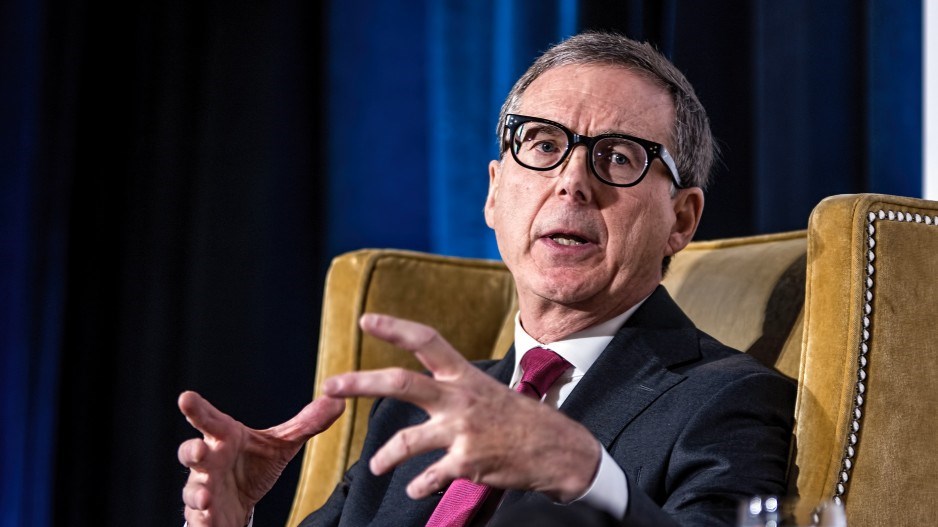The Bank of Canada raised interest rates again on Wednesday, hitting the economy with even higher borrowing costs as new projections suggest it will take longer for inflation to fall back to two per cent.
The central bank hiked its key interest rate by a quarter of a percentage point, bringing it to five per cent.
Forecasters were widely anticipating the central bank to raise rates as the economy continues to run hotter than expected, despite interest rates being at the highest levels in decades.
The Bank of Canada says the rate hike was prompted by elevated demand in the economy driven by strong consumer spending, as well as signs that prices continue to rise rapidly.
"These decisions are difficult, and we did discuss the possibility of holding rates unchanged and gathering more information to confirm the need to raise the policy rate," Bank of Canada governor Tiff Macklem said.
"On balance, our assessment was that the cost of delaying action was larger than the benefit of waiting."
Macklem said the central bank is trying to balance the risks of raising rates too much versus not enough.
"If new information suggests we need to do more, we are prepared to increase our policy rate further. But we don’t want to do more than we have to," he said.
"These decisions will be guided by our assessment of incoming data and the outlook for inflation. We need to see demand growth slow, wage pressures moderate and corporate pricing behaviour normalize."
Despite the central bank's forceful tone and declared willingness to raise rates further, many commercial bank economists still expect this to be the last rate hike of the year.
"Our own outlook is a more pessimistic one than the central bank's. We see more signs that the economic backdrop is softening," wrote Nathan Janzen, assistant chief economist at the Royal Bank of Canada.
"That should be enough to push the BoC back on the sidelines with no additional interest rate increases this year. But they are clearly willing to hike again at the next decision in September if inflation in particular doesn't show further signs of easing," Janzen said in a note.
The decision Wednesday follows a rate hike in June, which brought the central bank’s previous pause on interest rate increases to an end.
The Canadian economy was widely expected to stall this year, but instead, economic data has been stronger than most forecasters, including the central bank, had expected.
And although inflation has fallen considerably since last summer, prices for many goods and services continue to rise rapidly.
Canada’s inflation rate reached 3.4 per cent in May, down from 8.1 per cent last summer. Meanwhile, grocery prices rose nine per cent in May compared to a year ago.
The central bank’s updated economic projections released in its monetary policy report suggest it will take Canada longer to get back to the two per cent target.
The Bank of Canada now expects inflation to stall around three per cent for the next year, before steadily declining to two per cent by mid-2025.
“This is a slower return to target than was forecast in the January and April projections. Governing council remains concerned that progress toward the two per cent target could stall, jeopardizing the return to price stability,” the Bank of Canada said.
The central bank also expects stronger economic growth this year both globally and domestically. It revised its projection for real gross domestic product growth in Canada to 1.8 per cent for 2023, up from 1.1 per cent.
This report by The Canadian Press was first published July 12, 2023.
Nojoud Al Mallees, The Canadian Press




